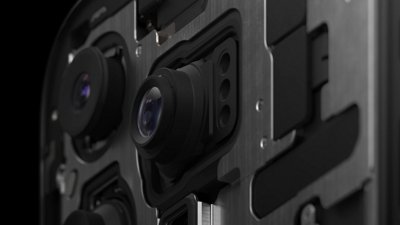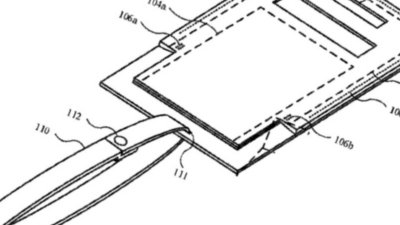Apple developing "active packaging" for iPods and iPhones
In a new patent filing discovered this week by AppleInsider, the Cupertino-based company notes that traditional packaging for an electronic media devices includes plastic or cardboard containers and boxes that house the electronic media device. The outside of the container or box is typically printed with various labels, advertising, device specifications, and other useful information that allows the consumer to make an informed decision whether or not to purchase the electronic media device.
Meanwhile, the inside of the device packaging is typically designed to securely house the electronic media device, where the main design consideration may be to prevent damage to the device during shipping, storage, or consumer handling. And although this typical packaging for an electronic media device may be designed to adequately protect the device from shock or damage, the packaging is extremely limited in other respects.
"For example, the ability to fully view or interact with the electronic media device while still inside the packaging is severely limited in most packaging designs," Apple says. "In addition, typical packaging designs do not enable the electronic media device or devices housed within the packaging to present content (e.g., media content or advertising) while inside the packaging and without draining battery power. Other functionality, such as firmware or software upgrades, are also typically not available while the electronic media device is housed within the product packaging (e.g., at a retail location). This is primarily due to the inability to provide external power or data to the device while still housed within the packaging."
To solve this problem, Apple proposes what it calls "active packaging," or retail packaging that provides "power, data, or both power and data to one or more electronic media devices housed within the packaging. The power may be provided by a direct power connection to an external power supply or by one or more wireless power techniques. A data signal may be provided by one or more direct data lines to the electronic media device within the packaging, or the electronic media device may enable an integrated wireless network interface to receive a data stream while housed in the packaging."
Such data streams could take the form of promotional information (e.g., advertising) or media content (e.g., digital audio or video content) for presentation on the electronic media device while inside the active packaging, the company explains. The data signal may also include firmware or software updates, bug fixes, or application customizations to be applied to the electronic media device.
Today, most iPods sold by Apple are secured in their retail packaging with help of a plastic of polymer "backing." Therefore, the company suggests these backings could be "printed (or in-molded) with one or more wire traces to supply power, ground, and data to the device. In some embodiments, the wire traces are routed to the appropriate pins or connectors on the electronic media device through the hooks or clasps that hold the device onto the backing."
For example, Apple goes on to say in the filing, "one hook or connecter may interface with a dock connector interface (or other suitable interface) on the electronic media device. The dock connector may include four pins to communicate over a Universal Serial Bus (USB) interface. One pin may be included for USB power (e.g., +5 VDC), one pin may be included for USB ground, one pin may be included for USB data (negative differential, for example, -3.3 VDC), and one pin may be included for USB data (positive differential, for example, +3.3 VDC)."
To provide power to the electronic media device or devices housed within the encasing, at least two wire traces may be printed onto or within the encasing or backing. Alternatively, the electronic media device may also be powered via magnetic induction or other wireless power techniques.
"The active packaging may include at least one antenna for receiving an RF signal from an RF power transmitter,"Apple says. "The antenna may be external to the packaging or integrated with the packaging. The RF power transmitter may output an amplified continuous wave (CW) or pulsed RF signal. If a pulsed RF signal is used, each pulse of the pulsed RF signal may exhibit a different amplitude, which may vary over the duration of the pulse. As such, the amplitude may take several shapes over the duration of the pulse including, for example, a straight line, an increasing or decreasing ramp, a square-wave, a sine-wave, or any other suitable shape."
Non-resonant or resonant inductive coupling could also be used to transfer power from an external shared magnetic field to the active packaging, according to the filing. In some embodiments, one active package may be positioned near or stacked upon another active package in order to transfer energy using mutual electromagnetic induction. By this method, one active package may include the primary circuit of a transformer while another active package may include the secondary circuit of the transformer. In this way, multiple active packages may be stacked together (or positioned next to one another, for example, on a peg or product shelf) to transfer power through a chain of active packages, thereby allowing an active package to power the next package via mutual induction.
In other cases, both direct power and electromagnetic induction could be used to power a row or cluster of active packages. In this example, the last active package in the row or cluster (e.g., the package positioned to be picked up last by a purchasing consumer) may be directly powered by an external power source. The other packages in the row or cluster may then be powered by electromagnetic induction, an RF signal from an RF power transmitter, or any combination of the aforementioned power techniques.
In yet another example, Apple says that media devices may also include (or be attached to) at least one position, orientation, or movement (POM) sensor. The POM sensors may include, for example, single-axis or multi-axis accelerometers, angular rate or inertial sensors, linear velocity sensors, RF triangulation detectors, proximity sensors, motions sensors, and ambient light sensors. After the device is powered, one or more of these POM sensors may determine the position or orientation of the electronic media device.
With the location of each device known, pegged or stacked displays in retail stores may be organized on a grid structure with each stack or row of active packages being assigned the same coordinate location value. In grid mode, each stack or row could then be individually addressable using a programmable switch or other suitable device.
"For example, an (x,y) coordinate system may be defined in some embodiments. In addition to sending location information to each electronic media device while in the active packaging, custom media content and advertising for display may also be transmitted to each electronic media device in a stack or row," Apple says. "The electronic media device at the front of each stack or row may continuously display content or only display content when the device detects some threshold level of motion. For example, a POM sensor integrated with or attached to each electronic media device may detect movement or acceleration in one or more directions. After a sufficient movement event is detected (e.g., a consumer handling the active package), the device may automatically display advertising, media content, or a custom message to the consumer. If the active package is picked up and removed from the display unit, the next device in that stack or row may automatically become the active device for that stack or row. The new active device may then automatically begin presenting media content or advertising."
Apple goes on to say that other coordinated or synchronized display effects may also be presented on a set of devices within a display unit. For example, each active electronic media device may periodically synchronize the presentation of media content or advertising with other devices. A synchronization routine executing on each active electronic media device may periodically enable a wireless interface to synchronize each device's internal clock with the internal clocks of all other devices in a display unit.
Alternatively, the internal clock of each device within a display unit may be synchronized with a network time server. A set of the electronic media devices within the same display unit may then be configured to display the same frame or portion of media content or advertising at the same time.
The 40-page filing made last January is credited to Apple employee Michael Rosenblatt.
 Katie Marsal
Katie Marsal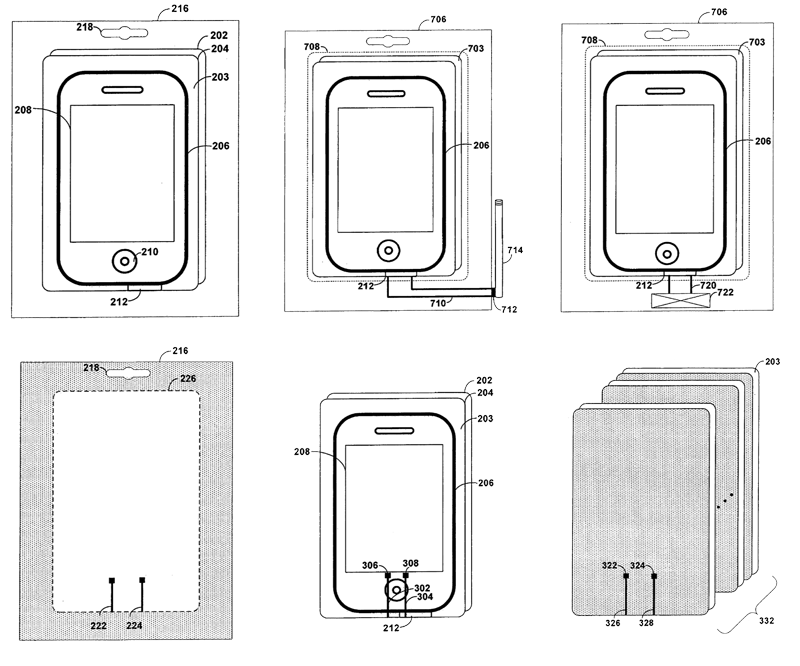
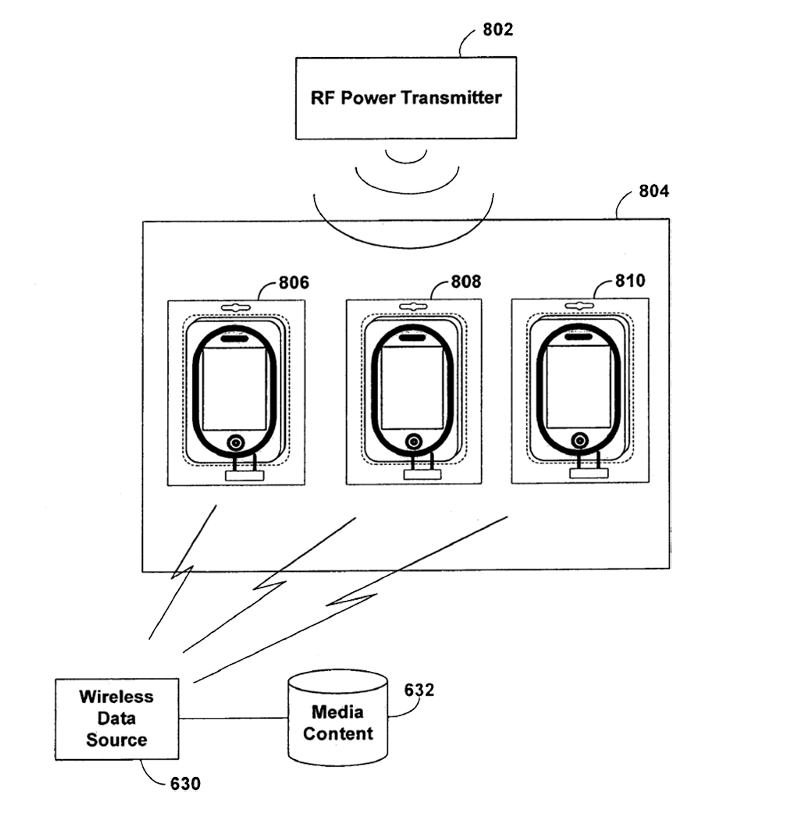












 William Gallagher
William Gallagher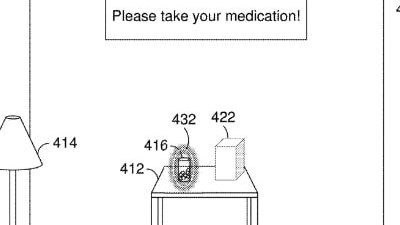
 David Schloss
David Schloss
 Amber Neely
Amber Neely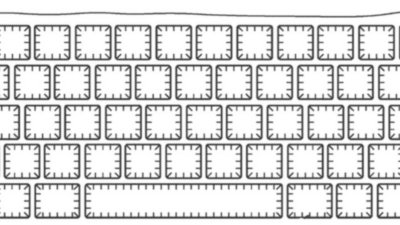

 Malcolm Owen
Malcolm Owen
